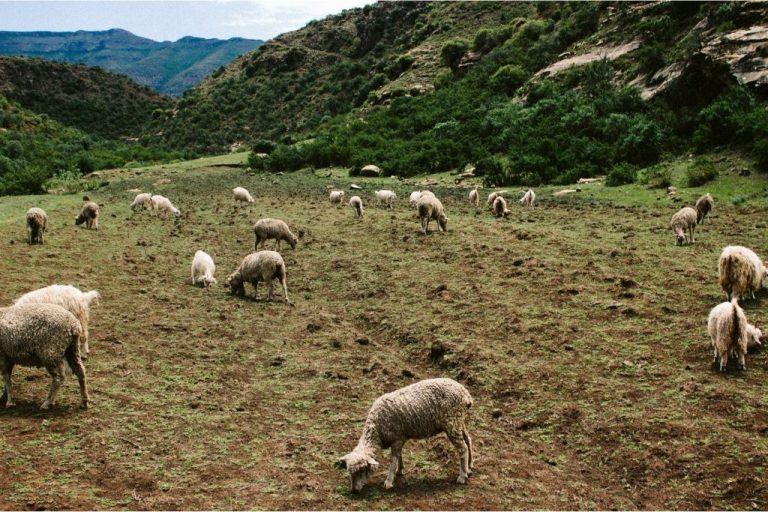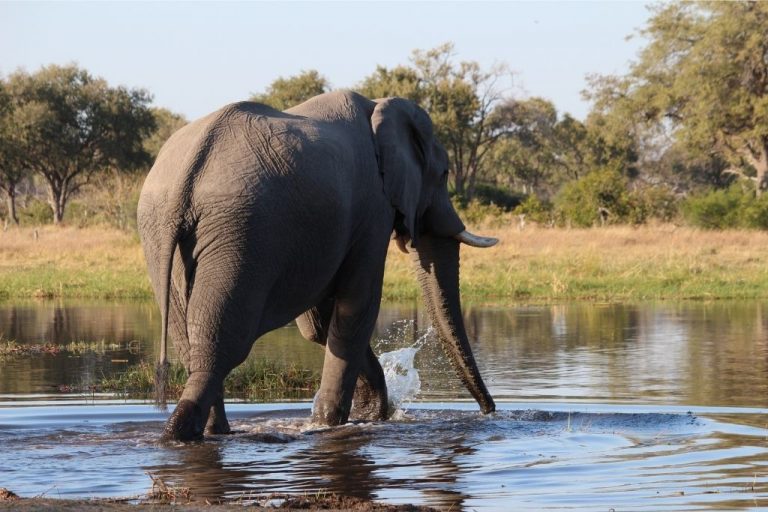Djibouti is a beautiful country located in the Horn of Africa. It is situated on the Bab el Mandeb Strait at the east and separates the Red Sea from the Gulf of Aden.
The country used to be known as French Somaliland from 1896-1967. Then it was called the French Territory of the Afars and Issas from 1967-77. After it got its independence from France, it was named Djibouti on June 27, 1977.
The country’s rich wildlife, sightseeing spots, culture, and tradition make traveling its vicinity unforgettable.
What makes traveling in Djibouti better is that the crime levels are relatively lower than in most neighboring countries. However, petty crimes like pickpockets are prevalent, so it is best if you stay cautious of your belongings.
Its capital city, Djibouti city, is a fascinating place to visit as it is built on coral reefs. Such other significant towns in Djibouti are Obock, Ali Sabieh, Arta, Tadjoura, and Dikhil.
This capital city is the only railhead that serves the capital of Ethiopia, Addis Abba.
Geography
Eritrea borders Djibouti to the north whereas, Ethiopia bounds the country to the west and southwest and Somalia to the southwest.
The Gulf of Tadjoura divides the eastern half of the country.
Djibouti has varied and extreme landscapes that range from rugged mountains to low desert plains, which are further divided by parallel plateaus in the south and west.
The country’s highest elevation is at Mount Moussa at 6,654 feet whereas, the lowest elevation is at the saline Lake Assal at (509 feet) below sea level. It is also the lowest point in Africa.
Djibouti is a geologic treasure trove that houses significant seismic and geothermal activity.
Another significant inland body of water in this country is Lake Abbe.
Climate
The country has a torrid climate that has two major seasons.
The hot summer season begins in May and ends in September. The hot khamsin wind blows off the inland desert, making the temperatures increase.
The temperatures during the hot season vary from 30 degrees celsius to mid 40 degrees celsius.
October to April are the months when the temperatures are cool. Here, the temperature ranges from low 20 degrees to low 30 degrees celsius.
The monsoon season lasts between January and March.
The average annual precipitation is usually over 26 days, and its amount varies among the different regions. The coastal regions receive 130 mm of rainfall per year, whereas the country’s mountainous regions receive 380 mm per year.
Nature and Wildlife
Djibouti has relatively harsh landscapes with abundant flora and fauna.
Djibouti’s northern part houses the Day Forest National Park, which houses tree species like jujube, fig, juniper, olive, and mimosa.
You will also see a wide variety of bird species as well as wild animals like antelopes, gazelles, cheetahs, hyenas, monkeys, squirrels, and warthogs.
People
Djibouti has two large ethnic groups residing in its vicinity: Somali and Afar. Both of these groups speak eastern Cushitic languages.
The Somalis are based in the capital city and also in the southeastern quarter of Djibouti. They belong to the Issa group and have the highest concentration in the country.
The Afar live on the west and north of the Gulf of Tadjoura. As per their customs, they have sultans who have ceremonial roles.
The country also houses the Yemeni Arabs, French technical advisers, and military personnel.
There are two official languages in Djibouti: French and Arabic. But, most people speak Somali.






